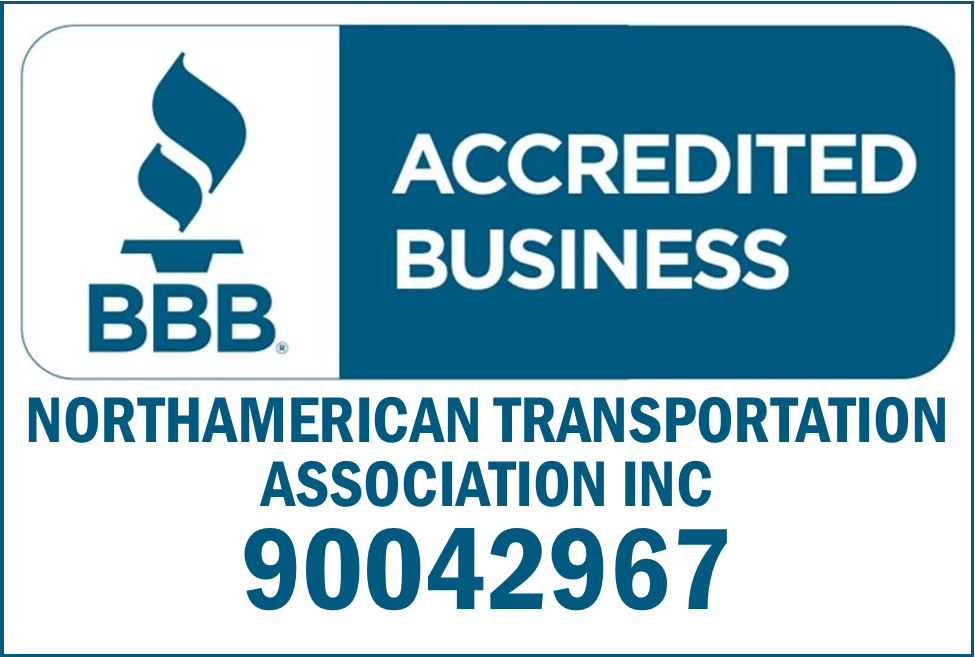How to Get Your Trucks Ready for Winter
Why the heck didn’t I …?” That’s a question we hope you never ask yourself. Usually, it means you should have done something that would have had some bearing on your current predicament. Preparing the truck for another long, cold winter is a perfect illustration of the expression, “an ounce of prevention is worth a pound of cure.”
With fall upon us, now is the time to get the truck prepped for winter before the snow starts flying. There’s lots to be done, especially on equipment that is past its prime.

1. Check the Air System
Air System Checklist
- Drain each air tank every day.
- Eliminate kinks and restrictions from system plumbing.
- Change/repair old air compressors.
Compressed air always contains moisture, and when warm, moist air hits cold steel air tanks, brass fittings, hoses, and valves, you have a recipe for trouble. Remind drivers to drain each air tank every day, especially the wet tank. It’s designed to coalesce moisture before it gets into the rest of the system.
Take steps to eliminate any kinks, restrictions, 90-degree bends, or low points from air system plumbing. Those are all points most likely to freeze in cold weather.
If the old air compressor is getting slobbery and spitting oil into the air tanks, change it or repair it before that oily water starts gumming up air lines and brake valves.
Air dryer manufacturers have specified maintenance intervals, but oil from the compressor can prematurely foul the desiccant cartridge, rendering it ineffective. Make sure the purge valve heater in the air dryer is working; otherwise, ejected moist air could freeze the valve open or prevent it from closing completely. Of course, follow the air dryer manufacturer’s maintenance recommendations.
Ultimately, you’re trying to keep moisture from fouling the brake valves. These valves contain tiny little passages that can easily ice up and close off partially or completely. Depending on the effectiveness of the air dryer, a significant amount of moisture could still get into the system and cause problems in these valves downstream of the air tanks. Moisture accumulated during the summer stays in the system like a time bomb, waiting for a minus-40 cold snap.
Consider switching the cable-release air tank drain cocks for the twist-open types. You can open them up completely and walk away, rather than having to hold them open. This ensures the tanks drain completely.
2. Inspect Charging and Starting Components
Start/Charge Checklist
- Load-test batteries and replace bad ones.
- Test alternators and starter output.
- Visually inspect wiring connections and cable runs.
- Clean battery terminal ports and apply protectant.
- Inspect the trailer pigtail.
Winter beats up electrical systems. Lights, mirror heaters, and heater fans are always on. And then there are the inverters that power the hotel loads that keep drivers happy. All that current draw means batteries seldom get the chance to fully recharge. That means your batteries will be in a somewhat weakened state most of the winter.
Now is a good time to load-test your batteries and if necessary, replace the bad ones before they take the good ones down.
If you need to replace a battery, consider the application. Highway trucks that run inverters when they’re shut down need batteries with high reserve capacities to operate all those electrical extras. Deep-cycle batteries will forfeit some CCA (cold cranking amps) capacity for starting, but if your charging system is good, and you’re not losing voltage and amperage to bad connections, you’ll be fine.
Trucks running locally with many starting cycles each day should stick with high-CCA batteries.
If you have the equipment, test the alternator and starter output. At the very least, visually inspect the wiring connections at the starter and alternator as well as the ground connections for signs of corrosion or deteriorating wiring. Repair or replace all questionable cables and connectors.
While you’re under the truck, inspect the cable runs to ensure they are properly bound and not rubbing on the frame or other metal parts that could rub through the insulation, which could cause a short or allow moisture to enter the cable.
If you do nothing else, clean the battery terminal posts and apply a film of dielectric grease or protectant to prevent corrosion.
And finally, have a look at that trailer pigtail. The trailer end of that cable gets badly abused, pulled to its extremes, and is highly exposed to rain and road salt. Pull the connector apart and inspect the connectors inside. Or better still, replace it. It’s cheap insurance against a lighting or ABS violation.
3. Check the Cab and Chassis
Cab/Chassis Checklist
- Check fuel tanks for water.
- Consider replacing fuel filters.
Since water inevitably gets into fuel tanks, let the tanks get low and then check for water. Drain off as much as you can before it has a chance to freeze in the fuel lines.
Consider replacing the fuel filters for the same reason. Put a spare fuel filter and a bottle of air-line antifreeze — with instructions on how to use them — in the jockey box in case you have a freeze-up somewhere in the wilds of Wyoming.
A Few More Small Things to Check on Trucks Before Winter
- Check the engine coolant for freeze point and rust inhibitors, and pressure-test the system for leaks. At the same time tighten all hose clamps and inspect all hoses for serviceability.
- Clean the old, dirty grease from the fifth-wheel locking mechanism. It’s already a bit stiff with road debris; cold temps will only make it worse, which can cause difficulty in hooking up and releasing.
- Check alternator mounting brackets, belts, and belt tensioners. Engine vibration often loosens things up, which allows the belts to slip on the alternator pulley. That can reduce the alternator output.
- Make sure everything in and on the cab works. Check mirror heaters, heater-defroster fan, door, and window seals for air leaks. Apply a little antifreeze lube spray in door locks. Check the exhaust system for under-cab leaks; you don’t want your drivers snuffed out by carbon monoxide while they’re sleeping with the engine running.
- Put on fresh wiper blades for winter and keep the old ones in the truck as spares.
- Inspect your tire chains for wear and damage before they are needed.
Generally speaking, cold isn’t bad for trucks. What causes trouble is temperature changes. Cold weather is no big deal when you’re ready for it.
How Cold Weather Impacts Tires
Cold weather does funny things to tires. It’s not the tire that supports the load, but the air inside the tire. When that air is cold, it becomes denser, and thus occupies a smaller volume. That’s a fancy way of saying the pressure inside the tire will drop. If you don’t habitually check your tire pressure, a sudden drop in ambient temperature can lower your tire pressure by 5-10 psi (about one psi for every 10-degree drop in temperature).
Tire Pressure
Check your tire pressures regularly when they are cold — before you start driving. If the mercury drops, wait until they are cold and check the pressure again.
Be aware that when checking tire pressure when it’s really cold, any moisture in the tire could freeze in the valve as it escapes into the tire gauge. It’s a rare occurrence, but it happens, and it’s a bad way to start your day.
Tire Purchasing
If you’re planning a tire purchase, fall is the time to do it. Tires wear better in the cold because there’s less heat generated internally at the tread surface. You’ll improve your tire life by buying at the beginning of winter — and the extra traction provided by new, deeper tread won’t hurt.
Content Disclaimer: Due to the constantly changing nature of government regulations, it is impossible to guarantee the total and absolute accuracy of the material contained herein or presented. NorthAmerican Transportation Association (NTA) cannot and does not assume any responsibility for omissions, errors, misprinting or ambiguity contained. NTA shall not be held liable in any degree for any loss, damage or injury caused by any such omission, error, misprinting or ambiguity present. It is made available with the understanding that NTA is not engaged in rendering legal, accounting or other professional service. If legal advice or other expert service is required, the services of such a professional should be sought.











